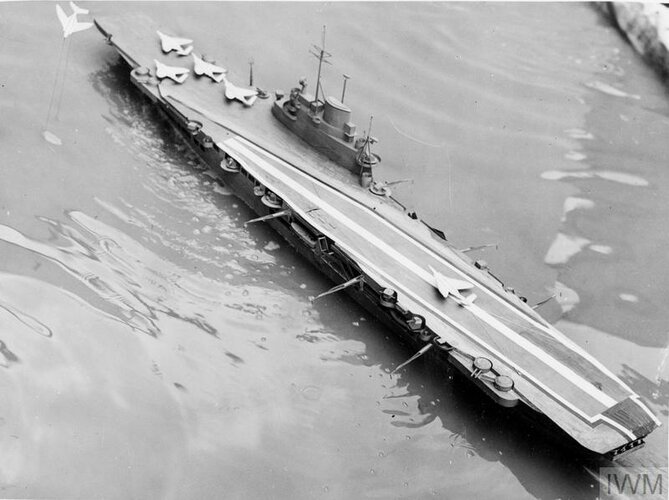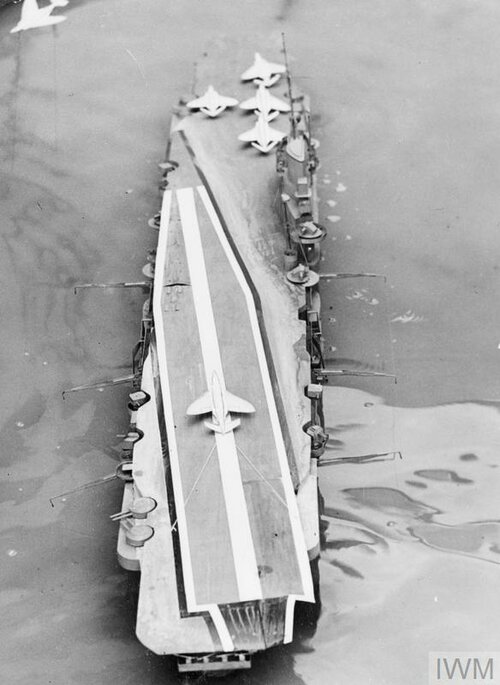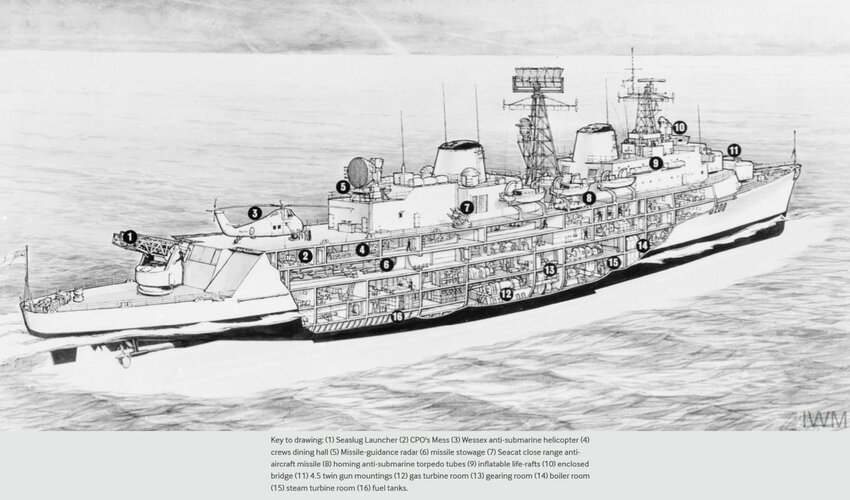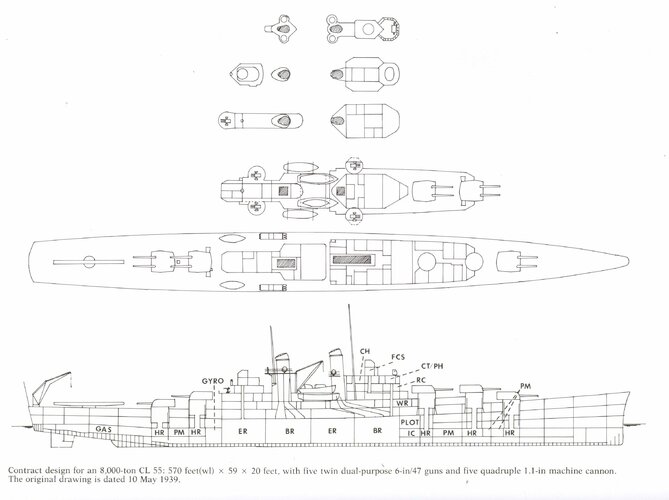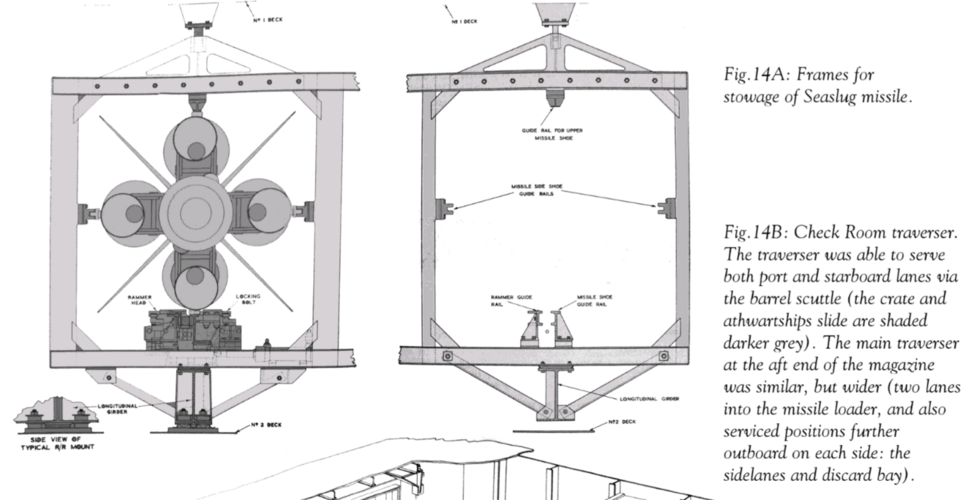Pirate Pete
ACCESS: Secret
- Joined
- 25 July 2007
- Messages
- 321
- Reaction score
- 480
I an sure I will call down a whole host of ‘trouble’ on my head for raising this, but,
Here we go…
We all know that the Royal Navy post WW2 was in an invidious position regards available finance and the shifting sands of changing priorities.
One thing I think was the (in retrospect at least) flawed thinking of the reconstruction of Carriers and Cruisers (Victorious and Tiger Class in particular).
Inter-war, the Navy had no option but to modernise it’s Capital Ships as they were forbidden by Treaty to replace any prior to, ultimately, 1936…
I fear this thought process continued post-war which was why the proposals for the modernisation of the Illustrious class arose, and also the rebuilding of the Tiger class instead of accepting they were too small and outdated…Harsh I know but.
At worst, Victorious gets refitted in a far more basic form (as originally intended) and plans are not continually altered to include this and that new toy.
A basic ‘axial’ rebuild, no new boilers, 984 etc. Maybe, just MAYBE a basic angled deck along the lines of the American Antietam…
Realise that thus is NOT the way to go and, okay, complete the two Audacious’s with or refit with steam catapults and again a basic angled-deck, instead, accept that what you have built and in hand are obsolete/facing obsolescence and start building two of the ‘1952’ Fleet Carriers, ultimately to be followed by another pair/three(?) to keep the fleet air capable.
Most of the Escort programme as built, with perhaps more Type 81 (‘Tribal’s) built instead of the very single purpose Type 14’s. (Yes, I know this needs a different mind set, but this is MY version LOL).
As regards Cruisers - scrap the Tigers, stop looking at bigger and better missile cruiser designs and settle on something somewhat smaller than the final GW96A! Numbers would be few anyway as the County class destroyer type will be coming on-line and, despite the best will in the world, the Navy cannot have everything it wants…
Well, that’s the starting point - I know certain rebuilds are probably inevitable (Type 15’s?), but a steady replacement programme on new construction instead will help avoid block obsolescence and ships needing heavy manning numbers.
A lot of the left over (‘out of date’) fleet can be passed onto Allies/Commonwealth Navies so they can start rebuilding and gaining experience with more advanced vessels.
Here we go…
We all know that the Royal Navy post WW2 was in an invidious position regards available finance and the shifting sands of changing priorities.
One thing I think was the (in retrospect at least) flawed thinking of the reconstruction of Carriers and Cruisers (Victorious and Tiger Class in particular).
Inter-war, the Navy had no option but to modernise it’s Capital Ships as they were forbidden by Treaty to replace any prior to, ultimately, 1936…
I fear this thought process continued post-war which was why the proposals for the modernisation of the Illustrious class arose, and also the rebuilding of the Tiger class instead of accepting they were too small and outdated…Harsh I know but.
At worst, Victorious gets refitted in a far more basic form (as originally intended) and plans are not continually altered to include this and that new toy.
A basic ‘axial’ rebuild, no new boilers, 984 etc. Maybe, just MAYBE a basic angled deck along the lines of the American Antietam…
Realise that thus is NOT the way to go and, okay, complete the two Audacious’s with or refit with steam catapults and again a basic angled-deck, instead, accept that what you have built and in hand are obsolete/facing obsolescence and start building two of the ‘1952’ Fleet Carriers, ultimately to be followed by another pair/three(?) to keep the fleet air capable.
Most of the Escort programme as built, with perhaps more Type 81 (‘Tribal’s) built instead of the very single purpose Type 14’s. (Yes, I know this needs a different mind set, but this is MY version LOL).
As regards Cruisers - scrap the Tigers, stop looking at bigger and better missile cruiser designs and settle on something somewhat smaller than the final GW96A! Numbers would be few anyway as the County class destroyer type will be coming on-line and, despite the best will in the world, the Navy cannot have everything it wants…
Well, that’s the starting point - I know certain rebuilds are probably inevitable (Type 15’s?), but a steady replacement programme on new construction instead will help avoid block obsolescence and ships needing heavy manning numbers.
A lot of the left over (‘out of date’) fleet can be passed onto Allies/Commonwealth Navies so they can start rebuilding and gaining experience with more advanced vessels.

